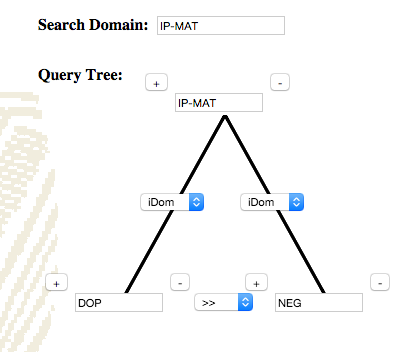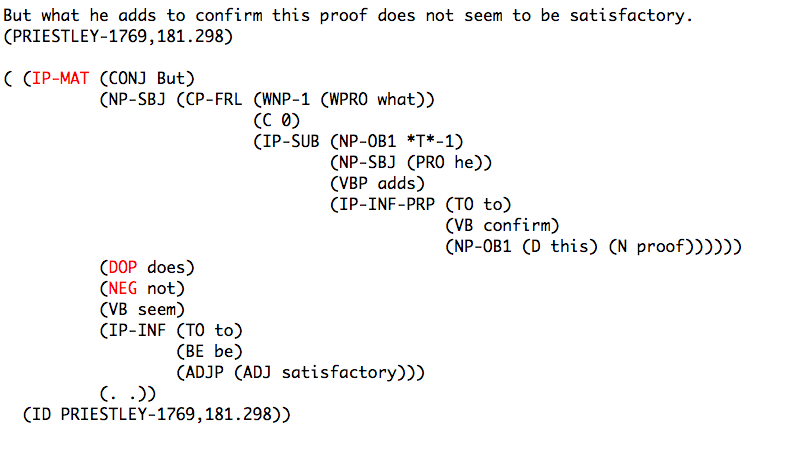Translating the bible into the vernacular languages of Europe came, in the late Middle Ages, to have controversial political and theological significance. The Protestant Reformation was in part based on the idea that lay people could interpret the bible for themselves and, therefore, it should be translated into the various national languages of Europe. In England,the first important Protestant translation was carried out by William Tyndale, who was eventually burned at the stake as a heretic (see the Wikipedia entry for some details). The Tyndale translation was carried out between the mid 1520s and the mid 1530s. It had a large influence on subsequent translations, including the King James version, which dates from 1611.
The goal of this project is to measure, linguistically the degree of influence of the Tyndale bible on the King James, using several different measures, crucially including measures based on the syntactic changes underway in early Modern English. Among the changes that might be used for this purpose are:
It would also be useful, though not required, to compare the vocabulary of the two versions and perhaps the spelling. In any case, spelling variation should be taken into account in searching the texts for words like not and do.
The different measures of influence might easily give different results, which would be an interesting outcome.
The data for this project are accessible here. The web page will allow you to search samples of three text types:
Here is an example of a query over parse trees for sentences containing "do not":

Here is one of the sentences that is retrieved from a test corpus with this query:

In writing up the project, rather than just reporting your general impressions, try to back up your statements with specific examples and counts of the frequencies of different types of example. For example, to get an idea of how frequently 'do' is used in negative sentences, you can count the number of times 'not' appears as a sentence negative and of those cases how many involve 'do'. The sentences of interest are the ones without other auxiliaries, since such sentences can't have 'do':